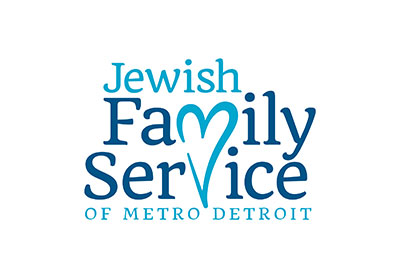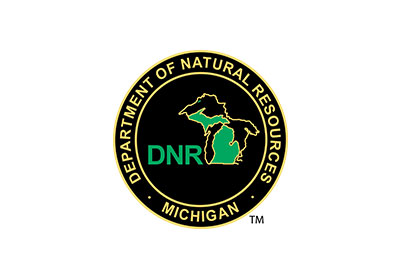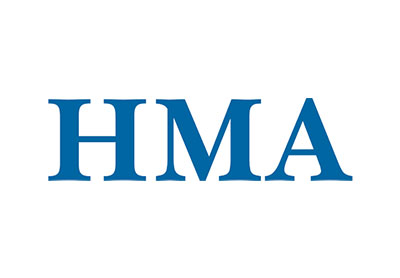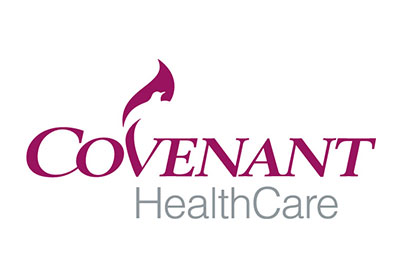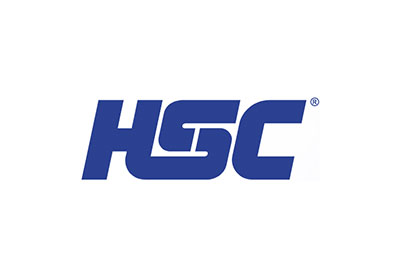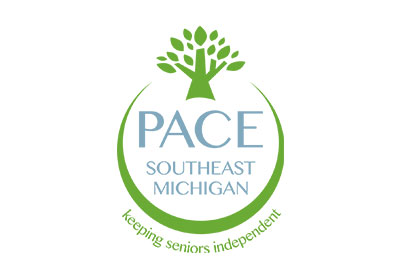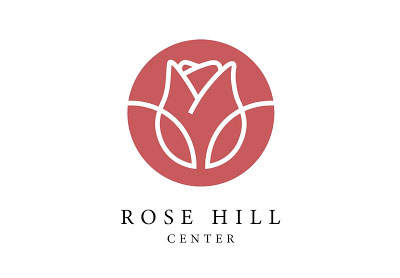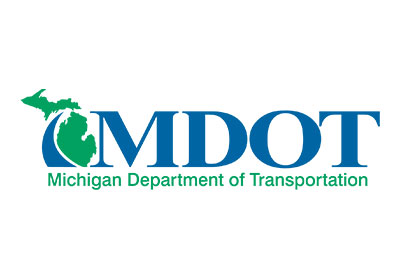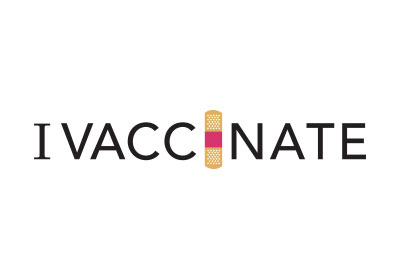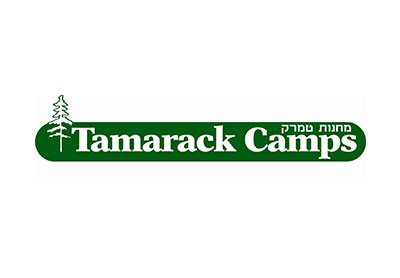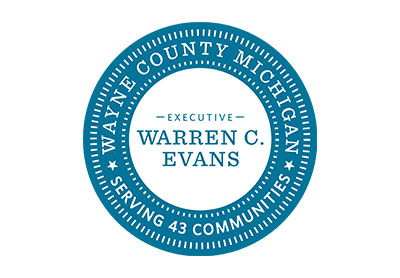
Just when your brand had figured out Millennial social media habits, Gen We comes of age and everything changes. For these tech natives, social media is as much a part of the conversation as IRL.
Brands that miss this important new social reality risk becoming obsolete. Smart brands respect the social code and open up better ways to connect with Gen We, according to CEB Iconoculture research.
So, what makes Gen We consumers so different than Millennials when it comes to social media?
Well, Millennial teens grew up with Myspace and Facebook, with 55 percent adopting social media in 2007 (Pew, 2007). They shared personal stats and details, poked, and followed friends via news feed. They used bumper stickers and liked for hours. The focus was show and tell.
Meanwhile, Gen We teens had Facebook AND Instagram, Snapchat, Pinterest and Twitter, too—unique channels to share activities, thoughts, emotions and aspirations. They weren’t limited by a single reaction. To add color and depth to their content, they used video, memes, filters and tags. When they share, they’re starting a conversation and expect feedback, a dialog.
Per CEB Iconoculture, if the Millennial teen online presence was a profile—a static, one-to-many style of self-presentation—then Gen We teens’ online presence is a persona—a dynamic self-presentation emerging from the combination of the one-to-many (proactive) posts they create and their reactive posts (the likes, comments and reactions) they share in response to their friends’ posts.
It’s a popular forum for the cohort, much more so than Millennial teens. In 2015, Pew estimated 76 percent of Gen We teens were using social media and more than 70 percent cross platforms.
Prepare your social media for Gen We.
In order to connect to Gen We via social media, brands should continue posting quality proactive posts, but add reactive posts to the mix. Follow your followers, reacting to relevant posts on their pages and participate in real conversations.
Facebook facilitates this kind of communication by posting “likes” and comments that friends make on other pages. In doing so, Facebook elevates the users’ comments and provokes reaction and continued conversation. Instagram now uses an algorithm similar to Facebook’s. In order to determine which posts might be the most relevant to users, reactive posts are used to boost the audience for a given proactive post.

Taco Bell’s burrito hostage situation on Instagram playfully demanded “likes” to keep a popular burrito on the menu, eliciting many reactive posts. In keeping with proper etiquette, Taco Bell promptly responded to consumers’ cries of delight and distress alike.
Want more on Gen We? Here are 5 things you need to know.







